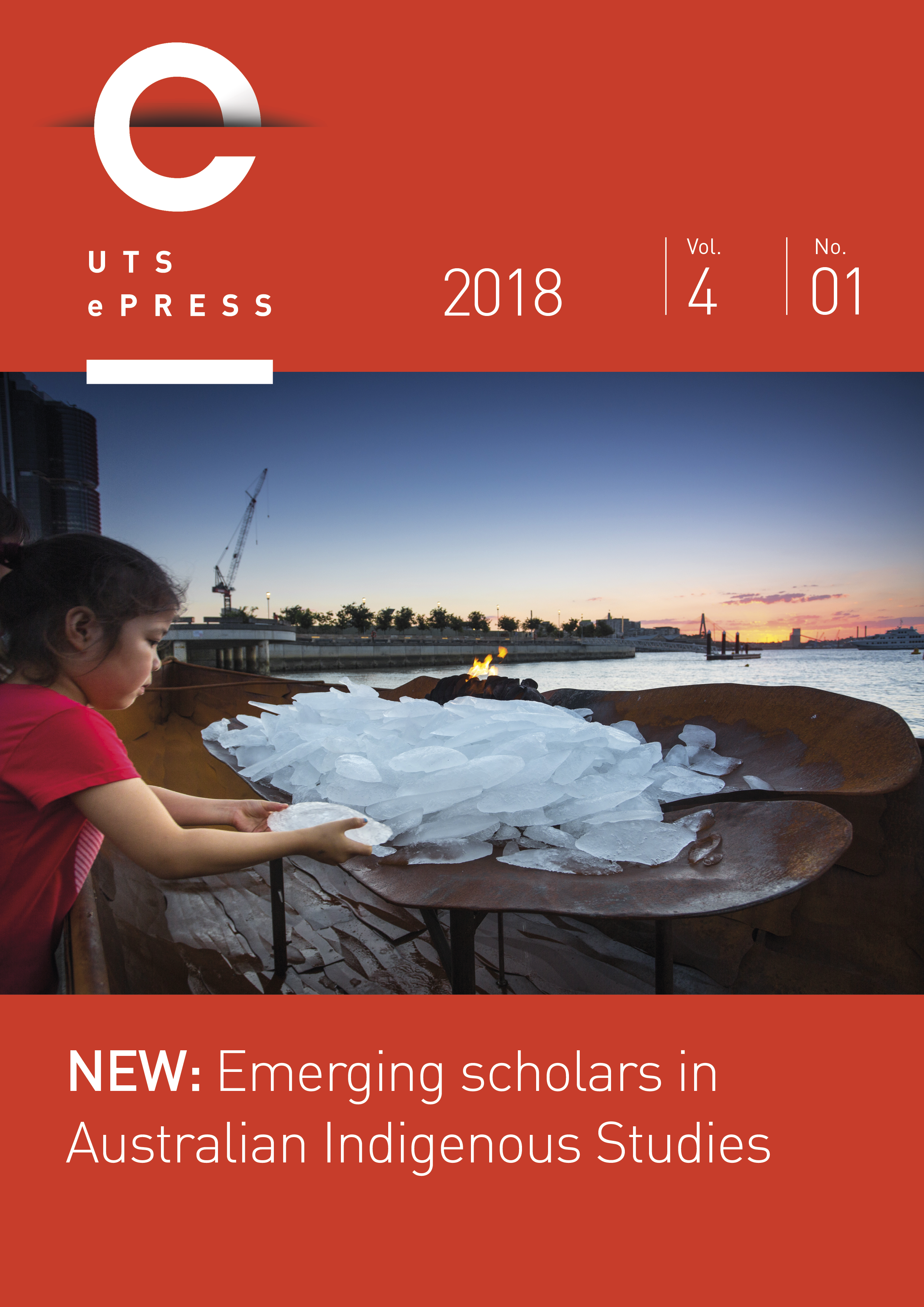Deep Time Dreaming: A Critical Review
Main Article Content
Abstract
In 2017, Nature, the international journal of science, published research that pushed the dawn of human occupation in Australia even further into deep time: an estimated 65,000 years ago (Clarkson et al. 2017). Inevitably, questions were posed about how this discovery might affect not only our understanding of Australia’s Indigenous past, but also the global story of human evolution. Billy Griffiths’ 2018 book, Deep Time Dreaming: Uncovering Ancient Australia, chronicles developments in the field of Aboriginal archaeology from the mid-twentieth century to the current day, and is therefore well-situated to address the possible implications of these new findings. Deep Time Dreaming is an invaluable read due to the way it demonstrates that the study of deep time is not an isolatable pursuit; rather, archaeology is humanistic and often profoundly political, carrying consequences for how we identify and interact with the present.
Article Details
Section
Authors who submit articles to this journal for publication, agree to the following terms:
a) Authors retain copyright and grant the journal right of first publication with the work simultaneously licensed under a Creative Commons Attribution License that allows others to share and adapt the work with an acknowledgement of the work's authorship and initial publication in this journal.
b) Authors are able to enter into separate, additional contractual arrangements for the non-exclusive distribution of the journal's published version of the work (e.g., post it to an institutional repository or publish it in a book), with an acknowledgement of its initial publication in this journal.
c) Authors are permitted and encouraged to post their work online (e.g., in institutional repositories or on their website) prior to and during the submission process, as it can lead to productive exchanges, as well as earlier and greater citation of published work (See The Open Access Citation Advantage Service). Where authors include such a work in an institutional repository or on their website (ie. a copy of a work which has been published in a UTS ePRESS journal, or a pre-print or post-print version of that work), we request that they include a statement that acknowledges the UTS ePRESS publication including the name of the journal, the volume number and a web-link to the journal item.
d) Authors should be aware that the Creative Commons Attribution (CC-BY) License permits readers to share (copy and redistribute the work in any medium or format) and adapt (remix, transform, and build upon the work) for any purpose, even commercially, provided they also give appropriate credit to the work, provide a link to the license, and indicate if changes were made. They may do these things in any reasonable manner, but not in any way that suggests you or your publisher endorses their use.
